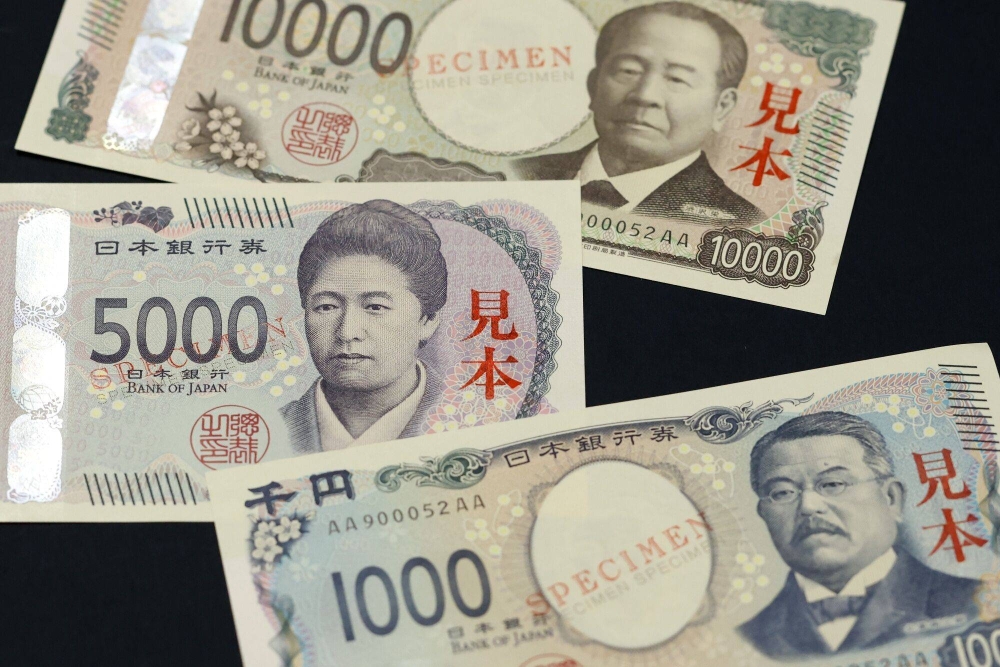High-Tech Currency: Japan Introduces New Banknotes Featuring 3D Holograms
Startup Business Social mediaPosted by pallavi on 2024-07-03 05:39:15 |
Share: Facebook | Twitter | Whatsapp | Linkedin Visits: 73

Japan has introduced its first new banknotes in 20 years, featuring three-dimensional portraits to deter counterfeiters. The innovative notes use printed patterns to create holograms that show portraits facing different directions depending on the viewing angle. This technology, claimed by Japan's National Printing Bureau to be the world's first for paper money, enhances security and modernizes the currency.
The new 10,000-yen ($62) note features Eiichi Shibusawa, known as "the father of Japanese capitalism." The 5,000-yen bill portrays educator Umeko Tsuda, a pioneer in women's education, while the 1,000-yen note honors medical scientist Shibasaburo Kitasato. These figures symbolize significant contributions to Japan's financial, educational, and scientific advancements.
Existing banknotes will remain in circulation, but businesses are updating payment machines to accommodate the new designs. The government is also encouraging a shift towards digital payments as part of its broader economic digitization efforts. Despite this push, cash remains a vital and secure payment method, emphasized by Bank of Japan Governor Kazuo Ueda during a ceremony marking the new notes' release.
Currency authorities plan to print about 7.5 billion new banknotes by the end of the fiscal year, adding to the 18.5 billion banknotes already in circulation as of December 2023. These efforts reflect Japan's balance between maintaining traditional cash usage and embracing technological advancements in currency security.
Search
Categories
Recent News
- Hyderabad Police Uncover RBI Scam: Beware of Fake Links
- Hyderabad Firm's Email Hacked: A Costly Lesson in Cybercrime
- Indian Schools Face a Hidden Drug Crisis
- Fake Deposit Links: RBI's Urgent Public Alert
- Hyderabad's Fight Against Drugs: A Collaborative Approach
- Hyderabad's Government Buildings Targeted: A Hoax Bomb Scare
- Senior Citizens Lose Millions in Hyderabad's Digital Scam Spree
- Hyderabad's Anti-Narcotics Drive: 11 Detained for Ganja Consumption
Popular News
- Navigating IPO Market Dynamics Amid Volatility and Regulatory Changes
- Innovative Green Practices and Environmental Initiative
- Massive Worldwide Microsoft Outage Disrupts Multiple Sectors
- తెలుగుదేశం పార్టీ - పేదరికాన్ని నిర్మూలించడంలో వాగ్దానం
- Universities Embrace Remote Learning Technologies Amidst Ongoing Pandemic